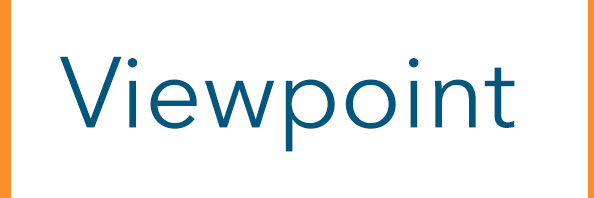During my time leading Alabama’s Drake State Community & Technical College, one of my objectives has been to prioritize creative alliances with companies and other organizations to create programs that provide new pathways into the workforce. I have developed this perspective over the years as a response to critical challenges our community faces.

One such challenge is indicated by Alabama’s workforce participation rate, which is 57%. This percentage is lower than the national average of 62.5%. The lower-than-average participation rate signals that a substantial portion of our state population needs gainful employment or a defined career path upon high school graduation.
Overcoming this challenge through collaboration is best exemplified by Drake State’s LPN Launch Program, a partnership between the college and the Huntsville Hospital System (HHS) to train licensed practical nurses (LPNs) and incentivize them to work in the north Alabama area. This article explores the profound benefits of collaborative efforts between educational institutions and employers, using the LPN Launch program as an example of successful implementation and ongoing impacts.
By understanding the program’s structure, outcomes and broader implications, we uncover how such partnerships address immediate workforce needs and contribute to the socioeconomic well-being of individuals and the community.
Details on the program
The framework of the LPN Launch program is built upon three main components:
- Students accepted into the program receive financial assistance from HHS for up to $15,000 to cover tuition, fees, books and other expenses.
- Students receive their training from the Drake State nursing faculty jointly selected by Drake State and Huntsville Hospital.
- Upon completion of the program, the new LPNs agree to work for HHS for a period of three years.
This program, which serves as a model for other institutions in Alabama, illustrates the massive impact partnerships can have on individuals, organizations and populations.
It benefits our students by providing a creative and alternative pathway into the workforce that otherwise would not be available. Minimizing risks, such as taking on debt, for students is critical to making these pathways viable. We have removed a tremendous barrier preventing people from accessing education and training programs.
Another benefit for students is that they are guaranteed jobs in their field upon program completion. Their journey leads them to employment in a vocation that is in high demand and has a robust long-term outlook.
This also helps students stay in the program because they have a clear and attainable goal in front of them. Allowing these largely non-traditional students to earn while they learn as an apprentice is also critical to keeping them in the program. We are better able to accommodate their needs if they, for example, are raising a family while working towards their career goals.
Benefits for the hospital, community
It also benefits the Huntsville Hospital System by supplying them with quality LPNs and addressing pressing nursing shortages that began during the pandemic. As the HHS service population grows, our partnership will facilitate a pipeline of new nurses every six months. Because these nurses are trained within the hospital system, they gain first-hand experience with the organizational culture and learn the expectations. This contributes to long-term success for the nurses working within the system because it allows them to establish themselves as a part of the organization during their training.
The most far-reaching benefit of the program is to the 1.3 million members of the HHS service area. This population now has access to better healthcare through these licensed, qualified, well-trained nurses. We contribute to the overall health of our community by facilitating this program on an ongoing basis.
A noteworthy aspect of the LPN Launch Program is that while its impacts are varied, its structure is simple enough to replicate in areas across the country. I urge other college leaders to seek out connections with hospital administrators in their service area to see if this type of collaborative structure will benefit them.
As leaders, we have a responsibility to the people in our communities who are not currently working and could be or are graduating high school without a plan to offer them pathways to gainful employment. Operating in a silo only serves to limit opportunities for the people in the communities we serve. Creative partnerships provide too many benefits to ignore, and we will continue pursuing the types of alliances that aid our students, local industry, and communities at large.

